http://en.wikipedia.org/wiki/Japanese_tea_ceremony
A woman wearing a kimono performs a tea ceremony outdoors, while seated in seiza position on tatami.The Japanese tea ceremony (cha-no-yu, chadō, or sadō) is a traditional ritual influenced by Zen Buddhism in which powdered green tea, or matcha (抹茶), is ceremonially prepared by a skilled practitioner and served to a small group of guests in a tranquil setting.
Sadō or chadō (茶道, "the way of tea") is the study or doctrine of the tea ceremony. The pronunciation sadō is preferred by the Omotesenke tradition, while the pronunciation chadō is preferred by the Urasenke tradition.
Cha-no-yu (literally "hot water for tea") usually refers to a single ceremony or ritual, while cha-ji refers to a full tea ceremony with kaiseki (a light meal), usucha (thin tea) and koicha (thick tea), lasting approximately four hours. A chakai (literally "tea meeting") does not include a kaiseki meal.
Since a tea practitioner must be familiar with the production and types of tea, with kimono, calligraphy, flower arranging, ceramics, incense and a wide range of other disciplines and traditional arts in addition to his or her school's tea practices, the study of tea ceremony takes many years and often lasts a lifetime. Even to participate as a guest in a formal tea ceremony requires knowledge of the prescribed gestures and phrases expected of guests, the proper way to take tea and sweets, and general deportment in the tea room.
Attachments
Original Post

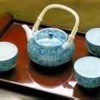
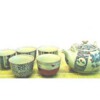
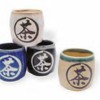
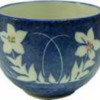
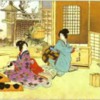
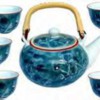
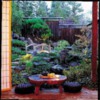
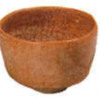
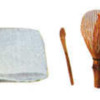
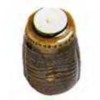


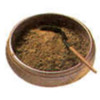
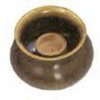


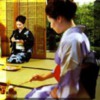
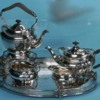


 Thank you yoko for this lovely thread.
Thank you yoko for this lovely thread.
